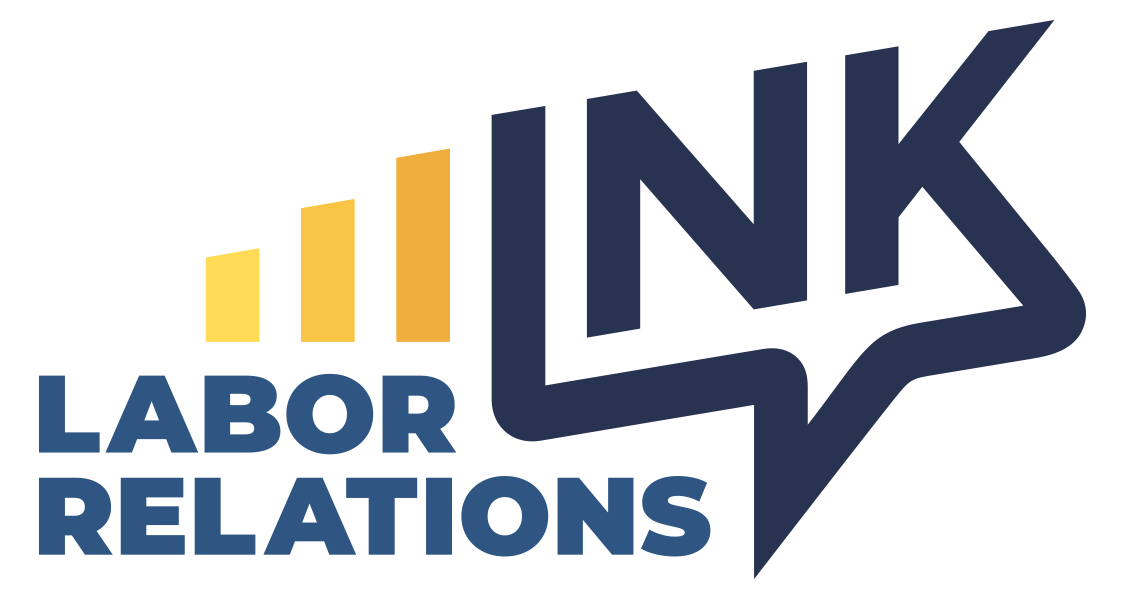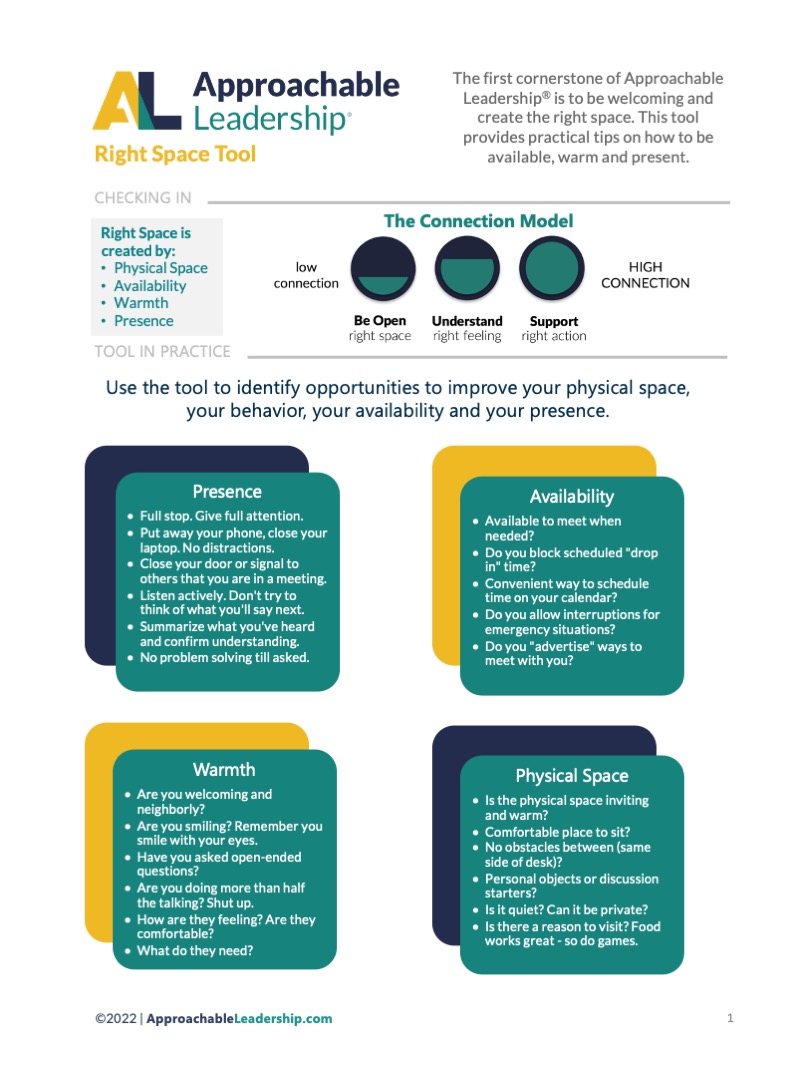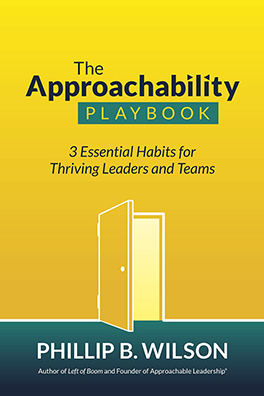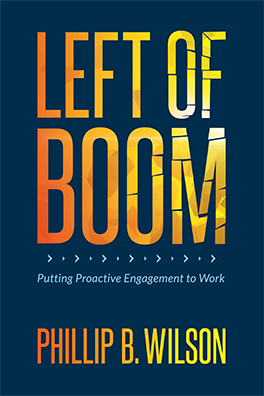Last week, the National Labor Relations Board released a new Final Rule for Union Elections. Yes, the NLRB only recently sent companies into revamp mode for employee handbooks, and now, here comes another substantial change. It’s a lot of upheaval at once, but this new rule goes into effect on December 26, so let’s talk it out.
A bit of background: Earlier this year, a U.S. appeals court began dismantling 2019 NLRB changes on the grounds that a proper public comment period wasn’t held for a rule that was opposed by unions. That rule required putting union elections on hold until relevant litigation or unfair labor practice claims were resolved. This undid an Obama-era policy that speeded elections up, naturally to the detriment of employers, who had less time to communicate with workers about unionization and address alleged labor wrongdoings.
The Biden board changes much about the union elections timeline and allows them to proceed regardless of whether unresolved litigation or pending ULP claims are in the mix.
Here are some important procedural changes from the official Final Rule:
- The pre-election hearing window will open at eight days, rather than 14 days, from the day of service of the Notice of Hearing. Once service happens, a company must inform workers of the Notice of Petition for Election within two business days, not 5.
- Any pre-election hearings will be narrowed in scope and apply only to questions of representation. Employers will not be allowed to dispute whether certain employees or groups can vote.
- Companies will face a high bar to postpone hearings. This must be through extraordinary circumstances; any postponement will only be granted for two days. Further, written response briefs will not be permitted other than by exception.
- The election will be scheduled for whenever NLRB regional directors see fit. Goodbye to the mandatory 20-day waiting period.
This is a crucial development, given that companies might no longer have the opportunity to ensure that workers are properly informed of the realities of union membership before they vote. Any unsubstantiated ULP claims against companies could sway workers’ emotions during a vote and give unions an unfair advantage.
Yet interestingly enough, this Final Rule might not be the final say in the matter. Biden’s board did not hold a public comment period on their rule before adopting it. The official excuse is that the board relied upon existing public comments before the 2014 and 2019 changes. There could be more legal challenges coming.
For now, employers will need to adjust to another new standard, which makes it even more important to size up organizing activities swiftly and foster a working environment that encourages open communication between the company and workers. Soon, there will be much less time to open those lines after a petition for a union vote surfaces.






